Many report seeing a fireball light up the dark winter sky
A meteor blazed across the Danish sky on Monday evening, according to astrophysicist Tina Ibsen from the Tycho Brahe Planetarium in Copenhagen.
People from all over the country have reported seeing a fireball streak through the sky at about 18:30.
"We have received many inquiries from people who saw a fireball," Ibsen told TV2.
"However, no-one has reported a bang or a sound, which indicates the meteor burnt up before it hit the Earth's surface."
Ibsen contends the phenomenon of a 'shooting star' is nothing unusual.
Comment: NASA space data supports citizens' observations that - meteor fireball activity is increasing dramatically!
Each year the Earth is hit by some 100,000 tonnes of meteoroids from outer space, but most of them burn up before they hit the ground.
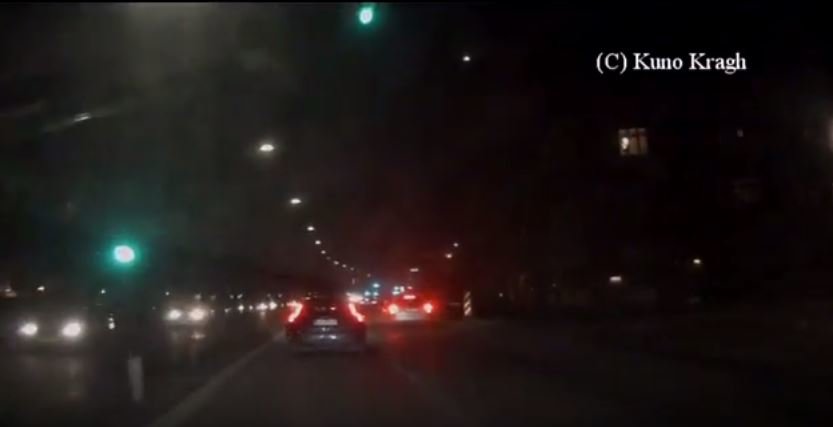
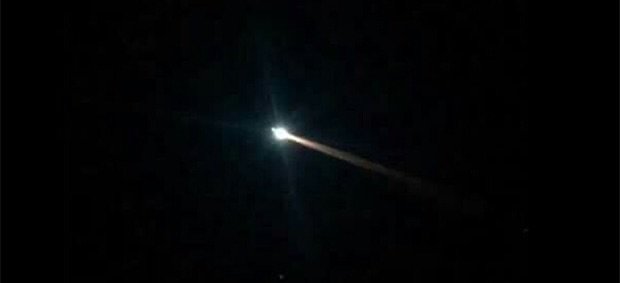
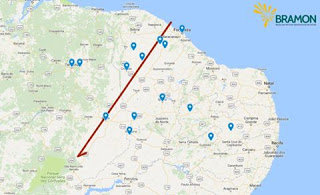
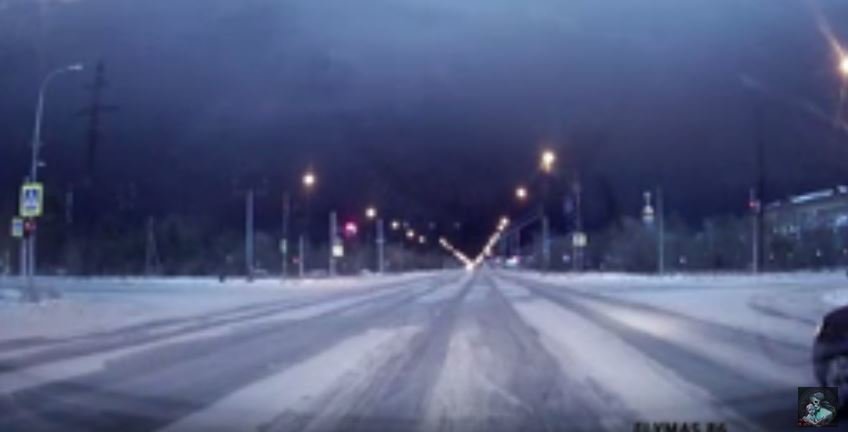
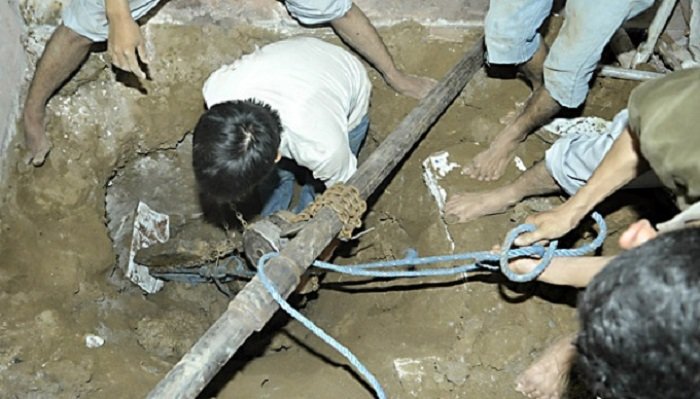
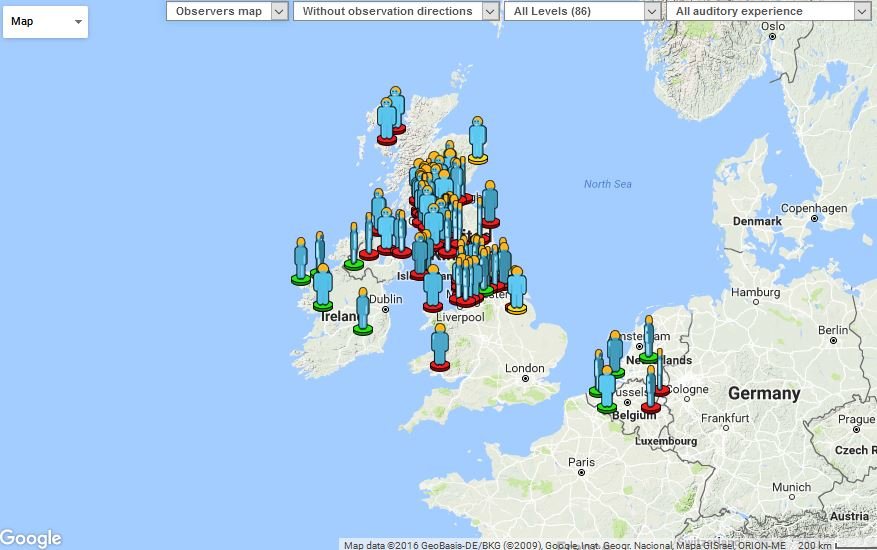
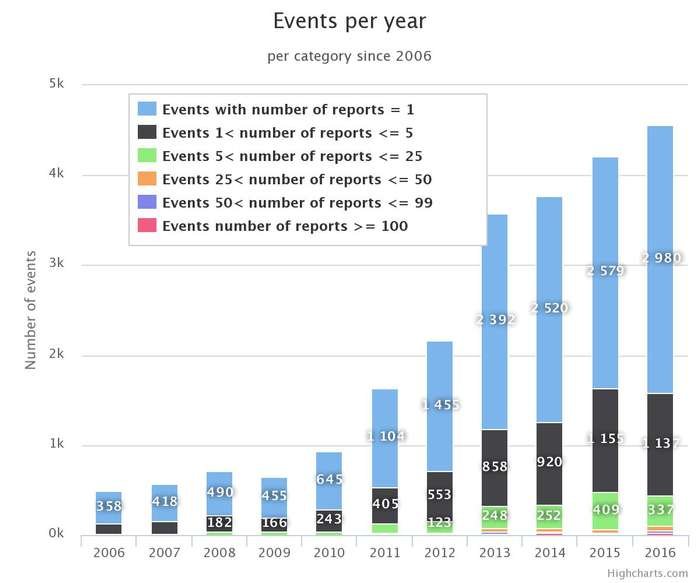
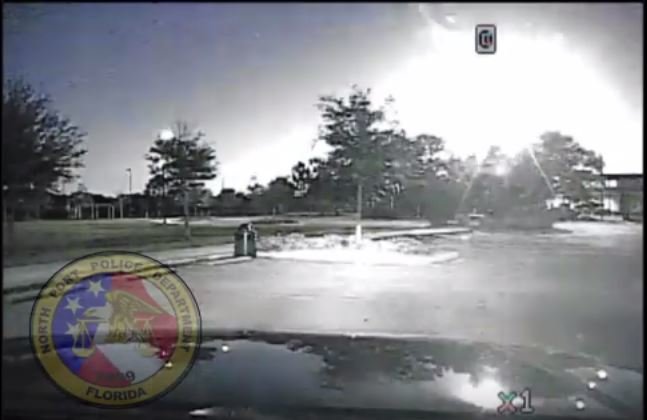
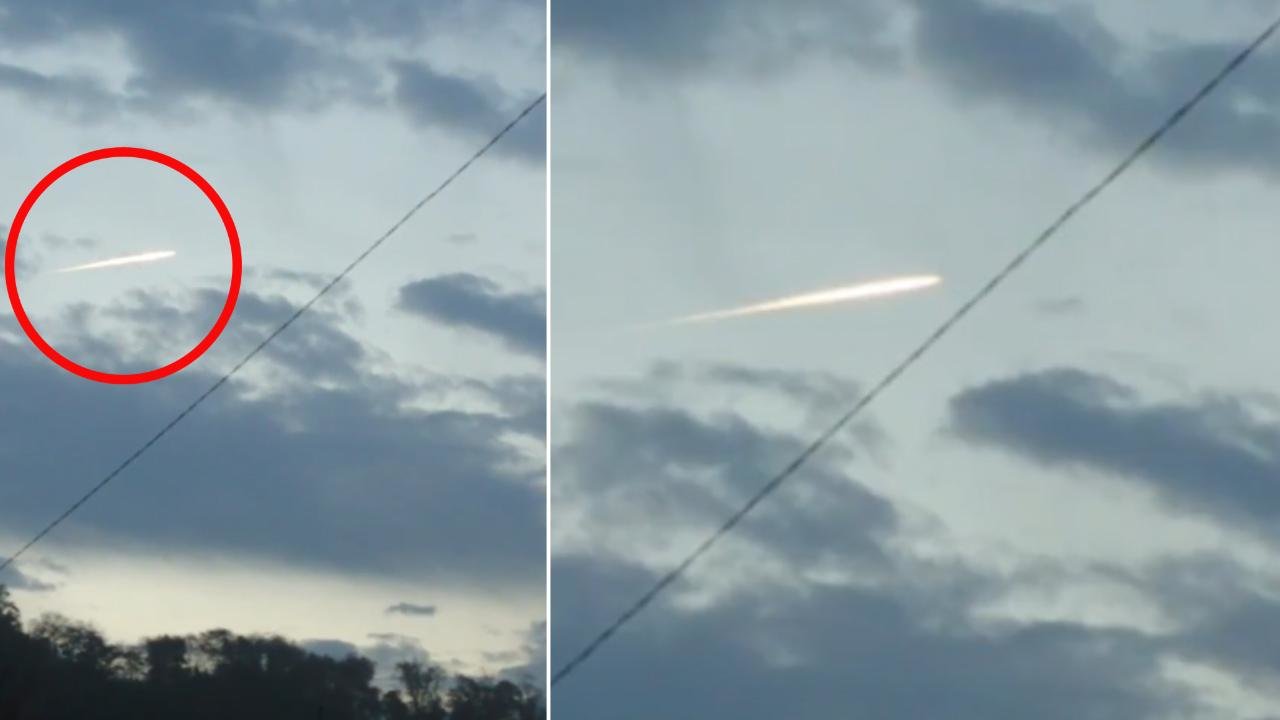






Comment: A meteor was also captured on video over Słupsk, Poland.
The American Meteor Society (AMS) received 18 reports about a fireball seen over the Netherlands and surrounding regions on Monday, November 28th 2016 around 04:42 UT.